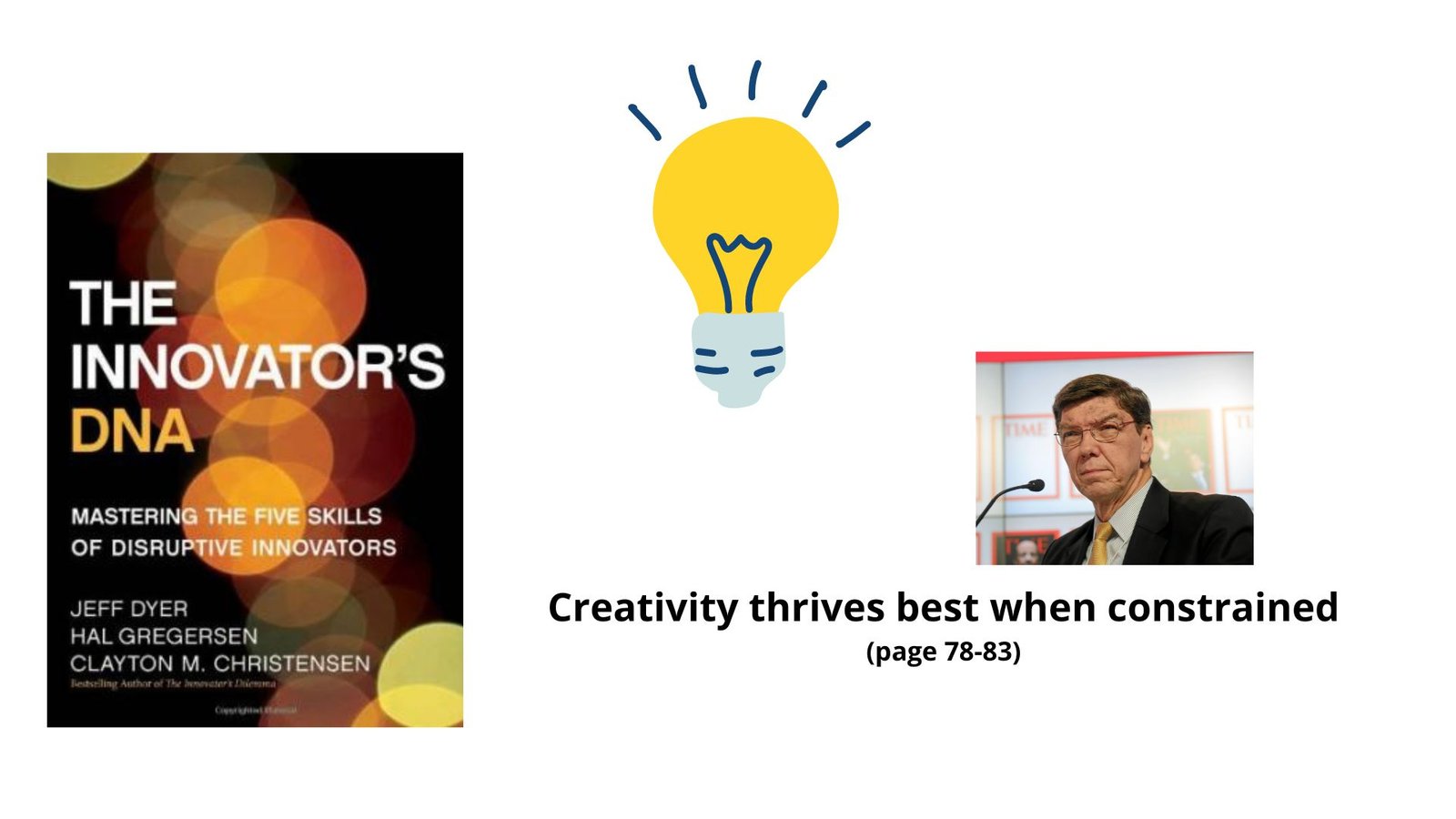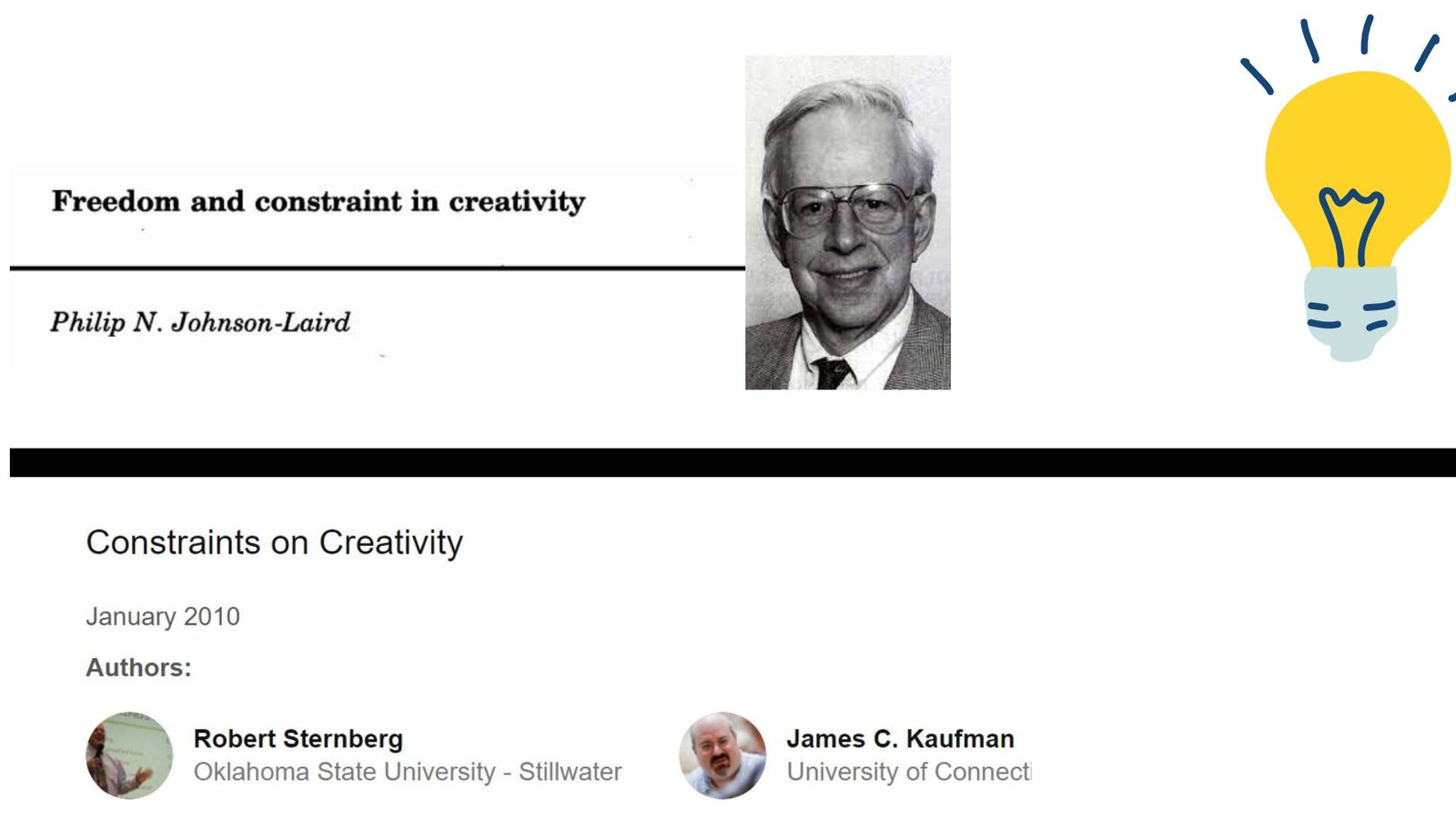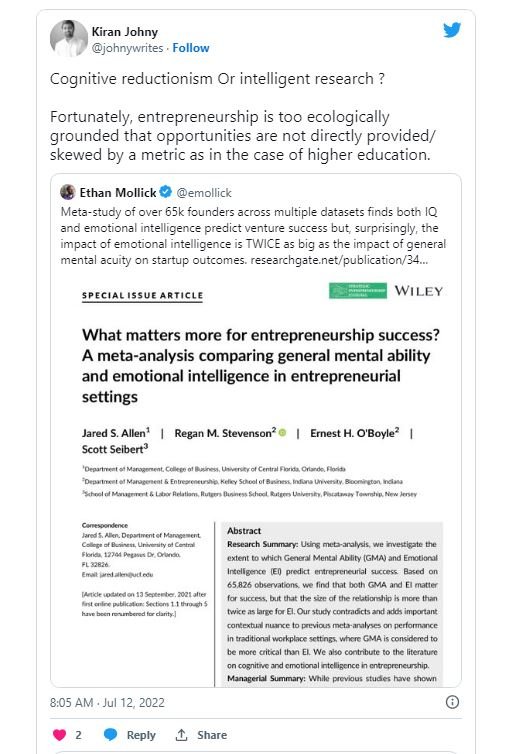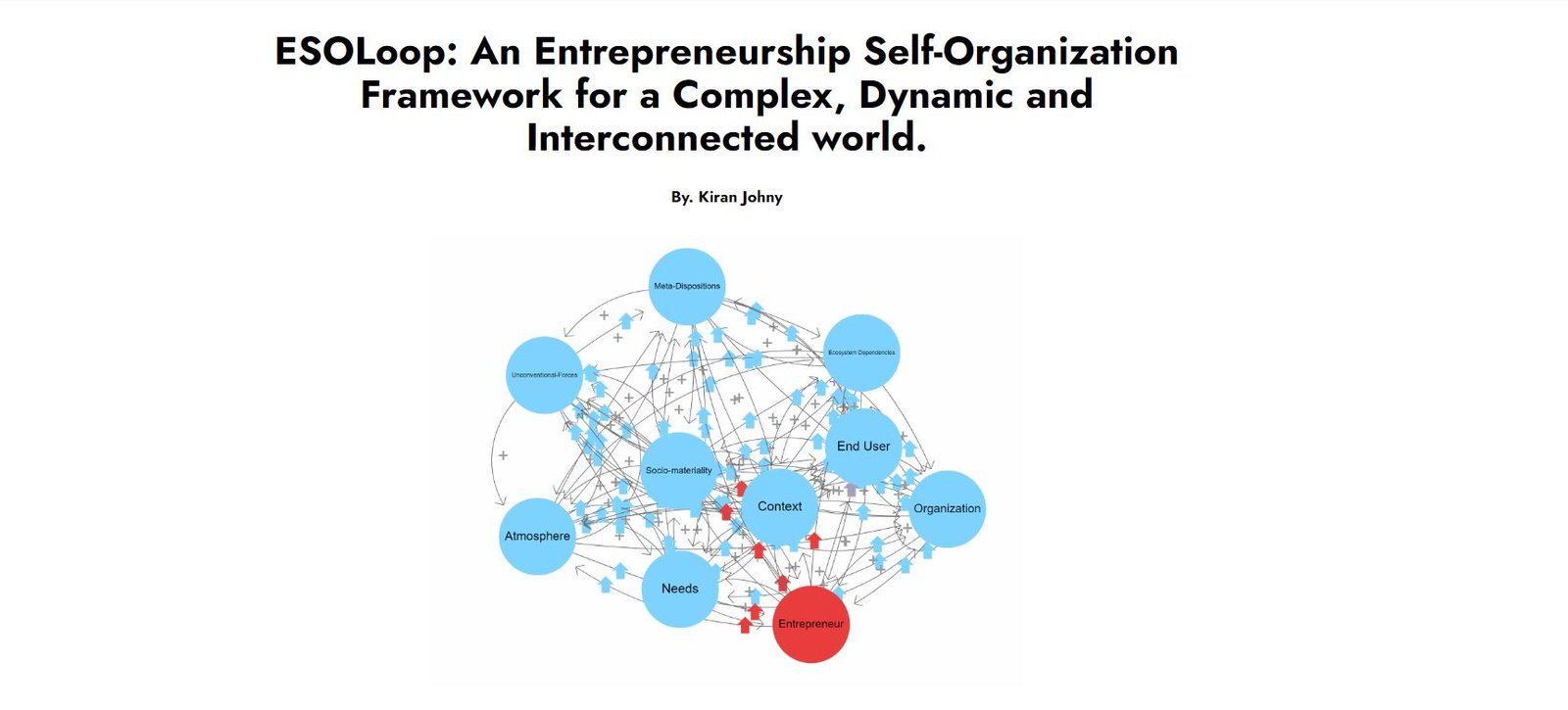Since entrepreneurship is a complex domain, proposed design solutions must recognize complexity as a core design challenge. It must also consider the disposition and bounded rationality of the decision-making agent in question.
I have recently read an article by Herbert A. Simon “Can there be a science of complex systems?” in which he listed 4 principles of complex system design. (Meanwhile, the article is freely available Here online). They are;
- Homeostasis.
- Membranes
- Specialization
- Near-Decomposibility.
Reading it inspired me to post an aggregate of ideas that I have assembled for an ongoing project. In my literature review, I have found the following features that might help in a sustainable complexity-friendly design.
They;
*Must begin with the right view: The right worldview (Dent, 1999) is a necessary precondition to effective design. If the world view is reductionist or simplistic, ignoring important unknowns, the design will reflect this weakness.
*Must acknowledge and promote self-organization: Self-organization (Heylighen, 2008) refers to the feature of systems that appear to organize themselves without external direction, manipulation, or control. This promotes ecologically grounded evolution and dynamics. A sustainable, complexity-friendly model must promote self-organization instead of one-size-fits-all models, rigid prescriptions, or top-down order.
*Must promote exploration: While self-organization may promote local optimization, the dispositional capability for exploration (Gupta et al, 2006) is necessary to facilitate the journey towards global optima. A sustainable complexity friendly model must have the capability for continuous multidimensional exploration.
*Must promote diversity (Page, 2010) integration (Martin, 2009), and inclusiveness (Pless and Maak, 2004): Decisions in a complex domain like entrepreneurship cannot be understood with linear thinking or binaries. Since it is impossible to know various emergent decision contexts beforehand, it is always ideal to design solutions for such variables and contingencies. That means a design must promote diversity and not exclude ideas, models, theories, etc., by prescription or omission.
*Must be contextually adaptive: Every context is unique, and thus we need solutions that are adaptable and usable for various contexts, as it emerges. Adaptive systems involve designing the elements of a system to find by themselves the solution of the problem. Like this, when the problem changes, the elements are able to dynamically find a new solution. We can say that such a system self-organizes (Gershenson, 2007).
*Must provide evolvability to the agent and must have evolvability of its own: Evolution and evolvability (Pigliucci, 2008; ScienceDaily, 2013) are a fundamental feature of nature, biology, and human social life. A sustainable entrepreneurship framework must have the evolutionary potential of its own, and also must enable evolvability to the entrepreneurial agents.
*Must protect agency from hijack: Prescriptive models have agency of their own, and are designed to hijack entrepreneurial agency by providing a model-centric view of the world. Commitment to one-size-fits-all models may result in the agent’s evolutionary, learning, adaptive potential being seriously compromised. Thus, a sustainable complexity-friendly model must protect and promote appropriate levels of entrepreneurial agency (Garud and Karnøe, 2003) and autonomy.
*Must acknowledge the dispositional state, including ignorance and weaknesses: Most of the existing entrepreneurship models reinforce and augment bounded rationality. A sustainable complexity-friendly model must acknowledge the possibility for bounded rationality, ignorance, and weaknesses. It must have inbuilt dispositional capabilities like distributed sense-making (Weick, 2005; Fisher, 2012) and descriptive self-awareness (Snowden, 2002), etc. to continually scan inwards and outwards for issues like ignorance, weakness, or bounded rationality.
*Must encapsulate various complexity-friendly functional dispositions: A complexity-friendly model must also be designed with a usability perspective in mind. It must encapsulate various complexity-friendly functional dispositions(above listed) into a single framework so that an ecology of ideas, in its dynamics, will transfer to the users, not just one or two ideas.
*Must acknowledge provisionally imperative nature of solutions, models and frameworks: This means no one-size-fits-all solutions can exist in complexity. According to Cillers(1998), In complexity, interpretations are contingent and provisional, pertaining to a certain context and a certain time frame(p. 121-122). This leads to the idea of Provisional imperative (Preiser and Cilliers, 2010; Woermann and Cilliers, 2012).
*Must strive forward as a continuous work in progress in a perpetual construction (Prigogine, 1997): Once proposed and written down, most models or prescriptive methods never change. This is a weakness when considering the speed of radical changes happening around us. Even with this vulnerability, most ideas and models in the entrepreneurship domain are designed to be self-aggrandizing and self-perpetuating. A sustainable complexity friendly model must have the capability to change itself according to challenges.
Part of Esoloop Framework series
Citations
Dent, Eric B. “Complexity science: A worldview shift.” Emergence 1, no. 4 (1999): 5-19.
Heylighen, Francis. “Complexity and self-organization.” Encyclopedia of library and
information sciences 3 (2008): 1215-1224.
Gupta, Anil K., Ken G. Smith, and Christina E. Shalley. “The interplay between exploration
and exploitation.” Academy of management journal 49, no. 4 (2006): 693-706.
Page, Scott. On Diversity and Complexity. Princeton University Press, 2010.
Martin, Roger L. The opposable mind: How successful leaders win through integrative
thinking. Harvard Business Press, 2009
Pless, Nicola, and Thomas Maak. “Building an inclusive diversity culture: Principles,
processes and practice.” Journal of business ethics 54, no. 2 (2004): 129-147.
Gershenson, Carlos. Design and control of self-organizing systems. CopIt Arxives, 2007.
Pigliucci, Massimo. “Is evolvability evolvable?.” Nature Reviews Genetics 9, no. 1 (2008):
75-82.
ScienceDaily. “Evolution Can Select for Evolvability, Biologists
Find”(https://www.sciencedaily.com/releases/2013/11/131114193434.htm)ScienceDaily, 14 Nov.
Garud, Raghu, and Peter Karnøe. “Bricolage versus breakthrough: distributed and embedded
agency in technology entrepreneurship.” Research policy 32, no. 2 (2003): 277-300.
Weick, Karl E. “5 Managing the unexpected: complexity as distributed sensemaking.” In
Uncertainty and surprise in complex systems, pp. 51-65. Springer, Berlin, Heidelberg, 2005
Fisher, Kristie, Scott Counts, and Aniket Kittur. “Distributed sensemaking: improving
sensemaking by leveraging the efforts of previous users.” In Proceedings of the SIGCHI
Conference on Human Factors in Computing Systems, pp. 247-256. 2012.
Snowden, David. “Complex acts of knowing: paradox and descriptive self-awareness.”
Journal of knowledge management (2002).
Prigogine, Ilya, and Isabelle Stengers. The end of certainty. Simon and Schuster, 1997.




